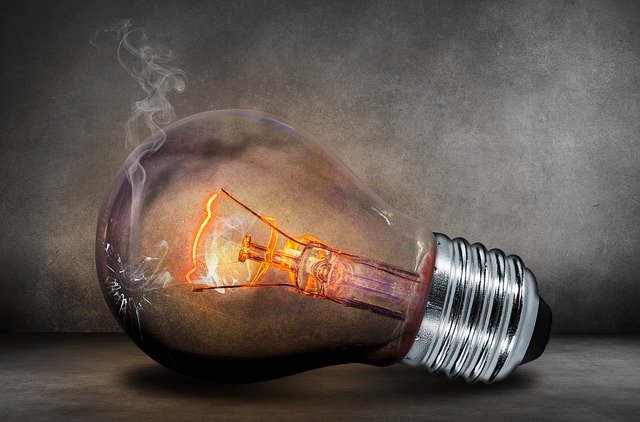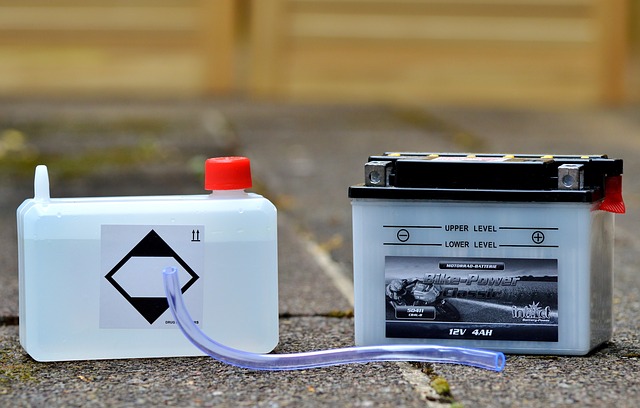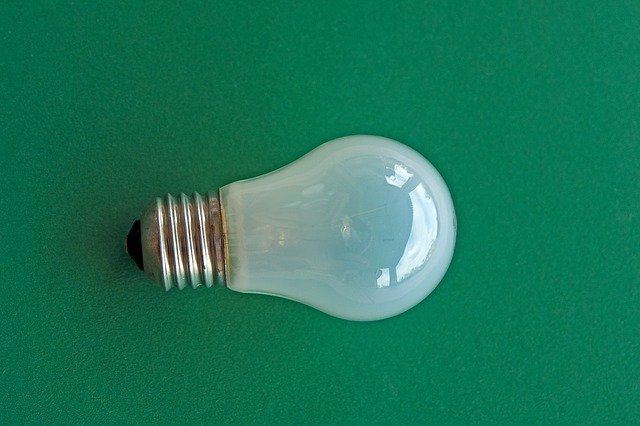Light has been used by humans since the discovery of fire in prehistoric times, and until Jan Józef Ignacy Łukasiewicz invented the kerosene lamp in 1853, live fire – torches, candles, and oil lamps – were were used. The kerosene lamp was a revolutionary invention that made it possible to light fires in a safer way and with less smoke. These lamps, which came to be called kerosene lamps, were much more efficient than the old candles. At the time, gas was already used to light lamps, but it required a fixed connection, which was very impractical.
Despite this, gas lamps are in great demand to illuminate public spaces, train stations, and theaters and are still used in Europe today, albeit historically rare.
The Americans Who Illuminated the World
The year 1879 was one of the most important years for technological advances. With over 2,000 patents, including for the phonograph, cinematograph, electric car, and phonograph record, American inventors invented the light bulb. Attempts to light the filament in a vacuum took a long time. It is even said that Edison had to try hundreds of different filament diameters in different materials before he found the right filament, a tungsten filament.
Nevertheless, this was a fundamental discovery, as evidenced by the fact that the original light bulb continues to this day.
The end of the classical light bulb
At the beginning of the 21st century, the first replacements for the classical light bulb began to appear. Their development was supported by various environmental lobbies that called for the necessary energy-saving measures. Thus, incandescent bulbs began to be replaced by halogen bulbs, but the halogen bulbs were not intended to save energy, but to achieve higher brightness. It was only the improvement of the semiconductor light-emitting diode (LED) and its increased output and miniaturization that marked the beginning of the end of Edison\’s important inventions.
However, the classic incandescent light bulb continues to find uses due to its spectral qualities and natural light color. For example, in theaters and in factories where vibrating machinery is used.





